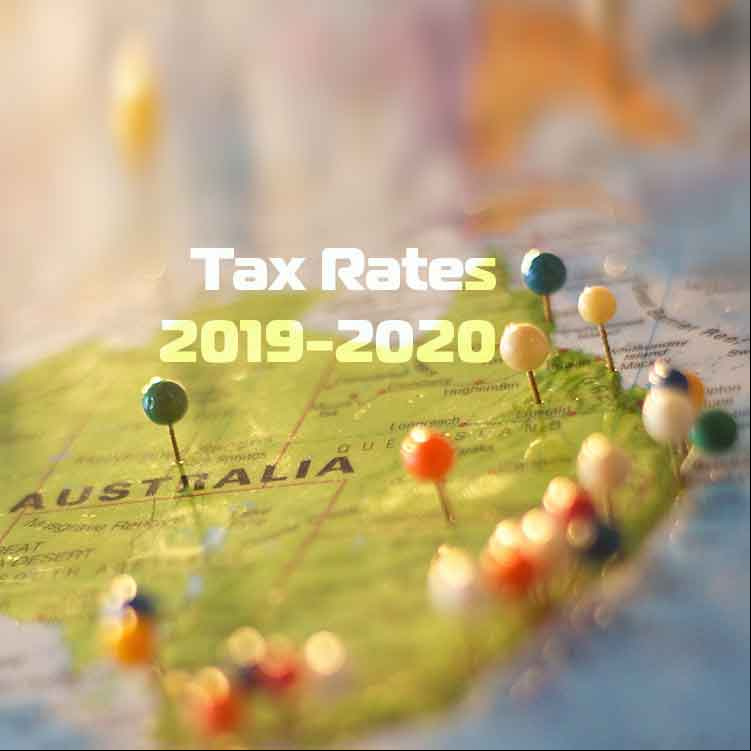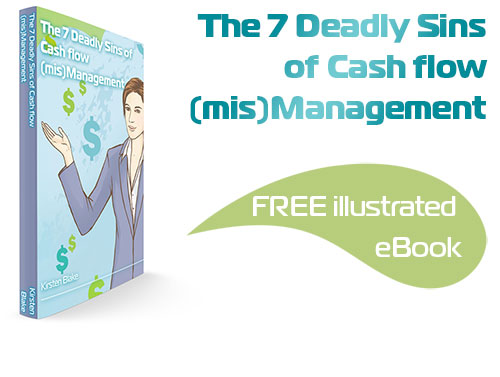

Let's Chat!
Tailoring the right solution for each business is what we are passionate about. Based on an initial chat with you, we'll be able to prepare a unique proposal for you and your business. We are based in Brisbane
Take a moment to connect with us using the form below, or call us directly on:
1300 255 337 (Mon. to Fri. 10 am - 4 pm):
Tax Rates
PAYG Withholding Tables
Legislation for changes to income tax thresholds including following offsets:
- low- and middle-income earners for 2018 to 2022
- Increase 32.5% top bracket threshold $87,000 to $90,000
Additional Low and Middle Tax Offset (LAMITO)
New low- and middle-income tax offsets apply for 2018–19 through and including years to 2021–2022
Australian resident employees (and certain trustees) that do not exceed a taxable income of $125,333 are entitled to the new low and middle tax offset. This is in addition to the existing low-income tax offset. It is calculated during the preparation of an income tax return.
Calculated as follows. If taxable income:
- does not exceed $37,000 you are entitled to $200
- exceeds $37,000 but does not exceed $48,000, you are entitled to $200 plus 3% of the amount of the income that exceeds $37,000
- exceeds $48,000 but not $90,000, you are entitled to $530
- exceeds $90,000 you are entitled to $530 less 1.5% of the amount of the income that exceeds $90,000.
Higher Education Loan Program (HELP)
A new set of repayment thresholds for 2019/2020
From 1 July 2019, the new minimum HELP repayment threshold will be when taxable income is $45,881 or above, with a 1% repayment rate, with a further 17 thresholds and repayment rates, up to a top threshold of $134,573 at which 10% of income is repayable.
Source: Department of Education and Training
- Higher Education Loan Program (HELP) changes - Sustainability Act
- HELP repayment rates and thresholds from 1 July 2019 for 2019-2020
Payroll Tax
New South Wales payroll tax threshold to increase on 01 July 2019 to $900,000 annually.
- See below table
- South Australia’s payroll tax threshold increased to $1,500 000 annually or $125,000 monthly on 1 January 2019
- Queensland’s payroll tax threshold increased to $1,300 000 annually, $108,333 monthly or $25,000 weekly on 01 July 2019.
- Qld tax rate is 4.75% for employers under $6.5m was and $4.95% for employers with wages over $6.5m
- Regional employers may be entitled to a 1% discount on the rate
- All other states are unchanged.
Motor Vehicle GST Limit
The current motor vehicle GST limit is $57,581 (GST $5,234). No changes advised at this time.
Living Away from Home Allowance (LAFHA) 2020
Living Away from Home Allowance (LAFHA) is an allowance to compensate an employee who is required to live away from their usual place of residence to do their job. This allowance compensates their additional non-deductible expenses. The LAFHA allowance will increase for 2019/2020 financial year for reasonable food and drink within Australia. Children are those aged under 12 at the beginning of the year. Australian and Overseas LAFHA figures are available on the ATO website
Instant Asset Write off
The instant asset write off for income tax purposes has been extended to 30th June 2020 and now includes businesses up to $50 million turnover. The threshold that can be claimed is:
All business up to $50 million turnover:
- $30,000, from 7.30pm (AEDT) on 2 April 2019 until 30 June 2020
Businesses up to $10 million turnover
- $30,000, from 7.30pm (AEDT) on 2 April 2019 until 30 June 2020
- $25,000, from 29 January 2019 until before 7.30pm (AEDT) on 2 April 2019
- $20,000, before 29 January 2019.
Thresholds
Employment Termination Payment Cap (ETP)
Employment termination payment (ETP) is a lump sum payment rather than a wage payment made as a result of termination.
From 1st July 2019 the ETP cap threshold for taxing the lump sum payment for both life and death benefits will increase to $210,000 and the Whole of income cap remains at $180,000
Redundancy Threshold (Lump Sum D)
From 1st July 2019 redundancy tax free threshold Increases to $10,638 + $5,320 for each year of service
Disclaimer: All or any advice contained in this blog post is of a general nature only and may not apply to your individual business circumstances. For specific advice relating to your specific situation, please contact your accountant.

Subscribe by email and instantly get FREE Illustrated eBook. Adequate ‘positive’ cash flow is essential for the survival of any business, yet this is something that over 50% of small business owners struggle to manage.
